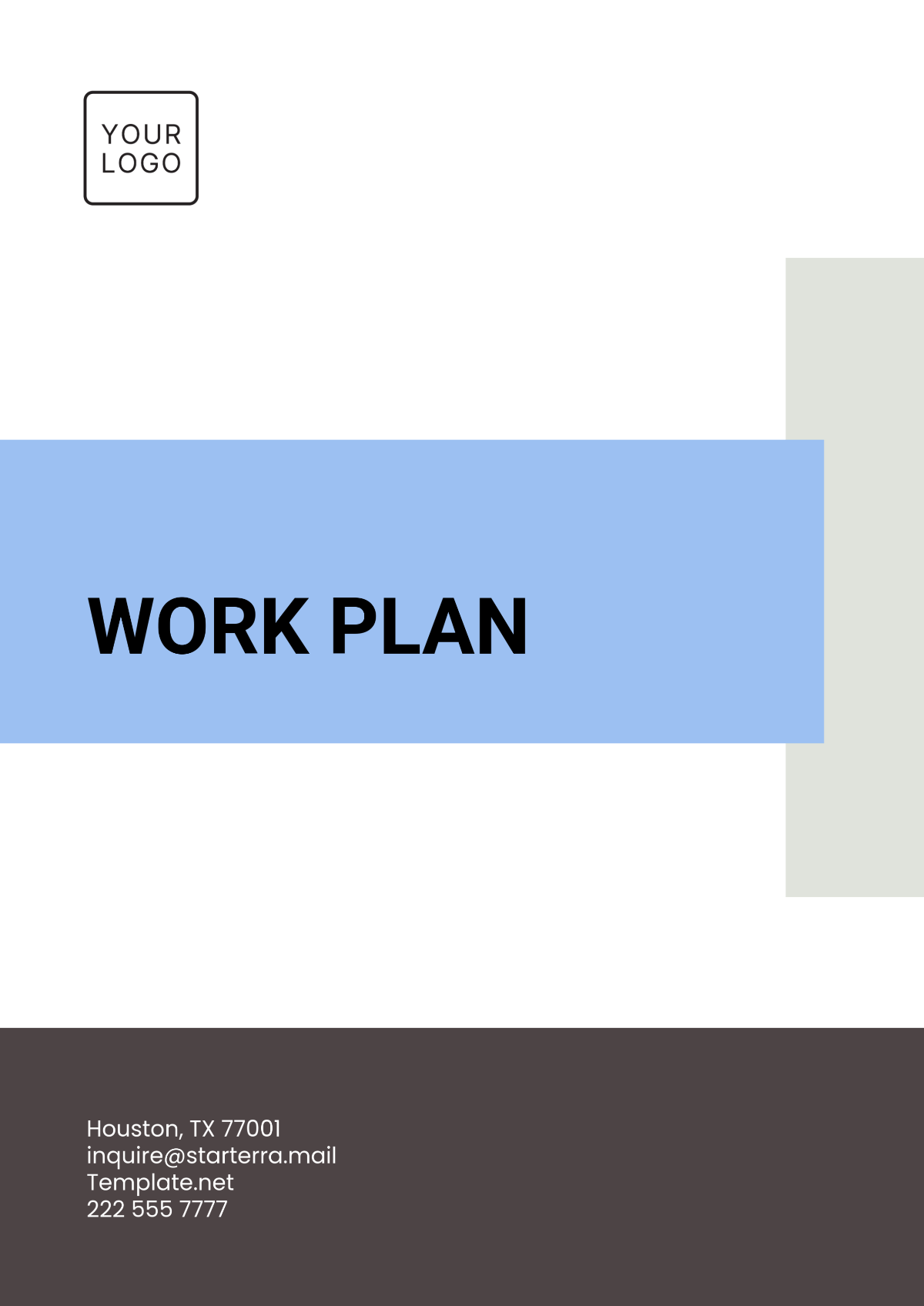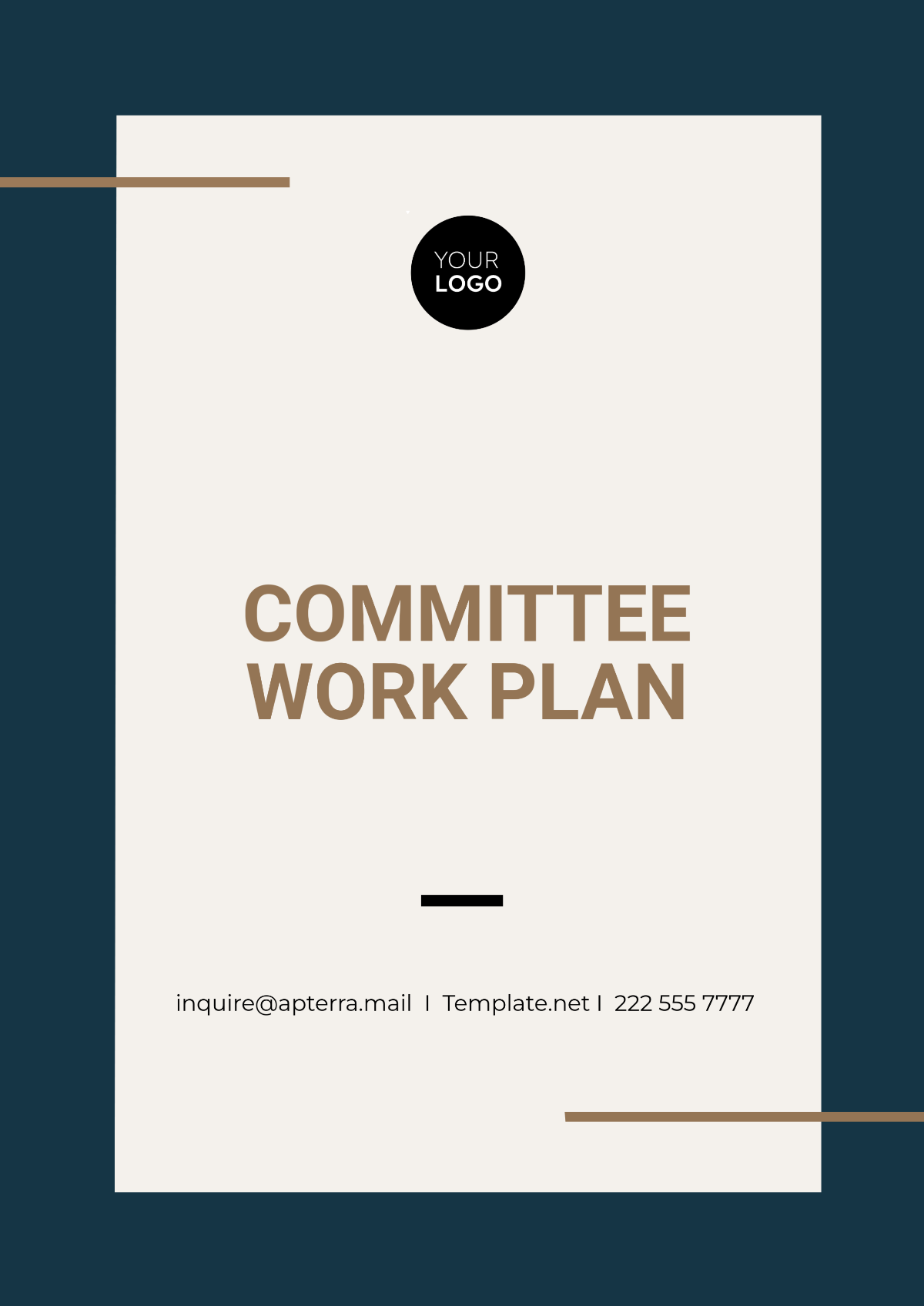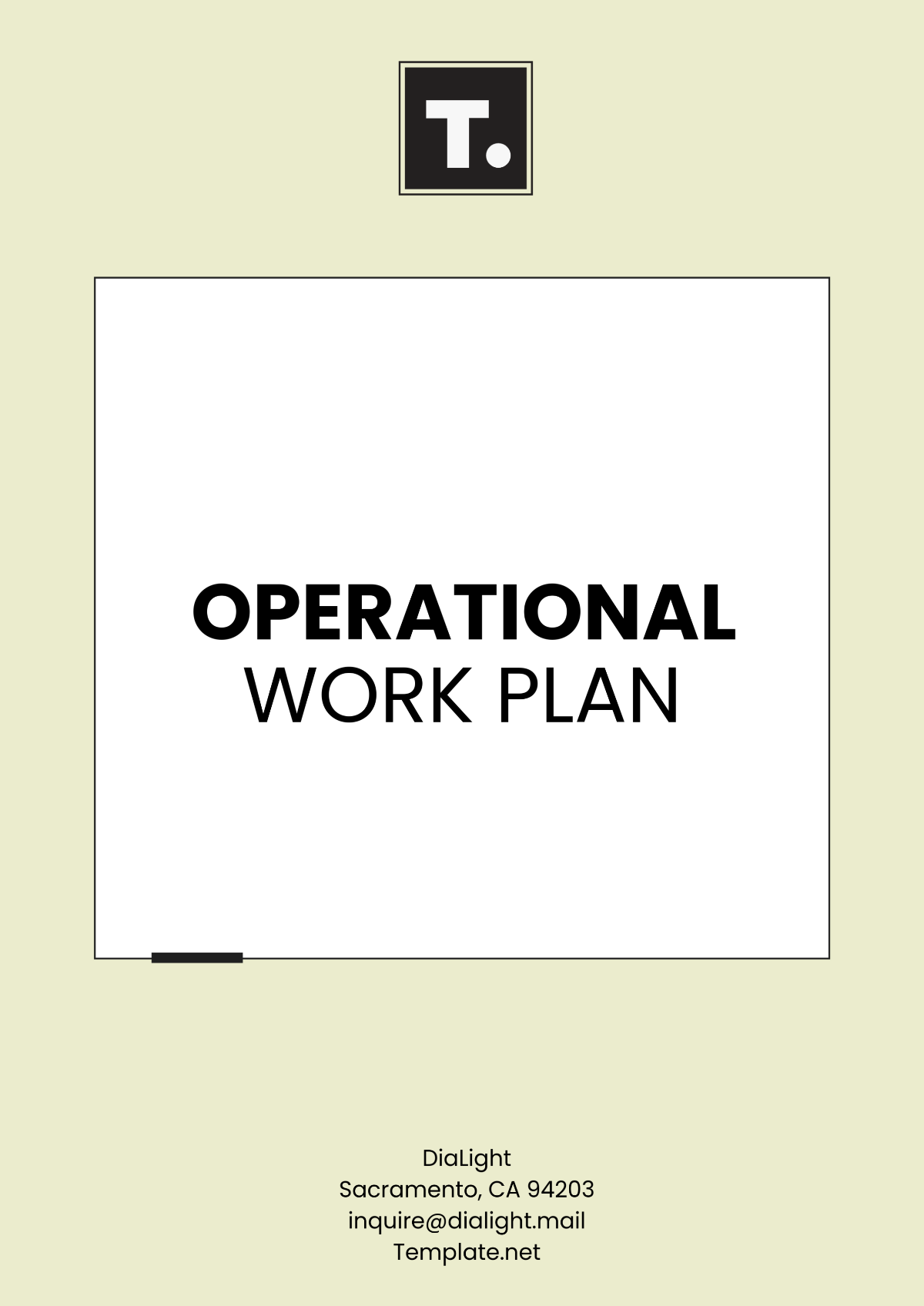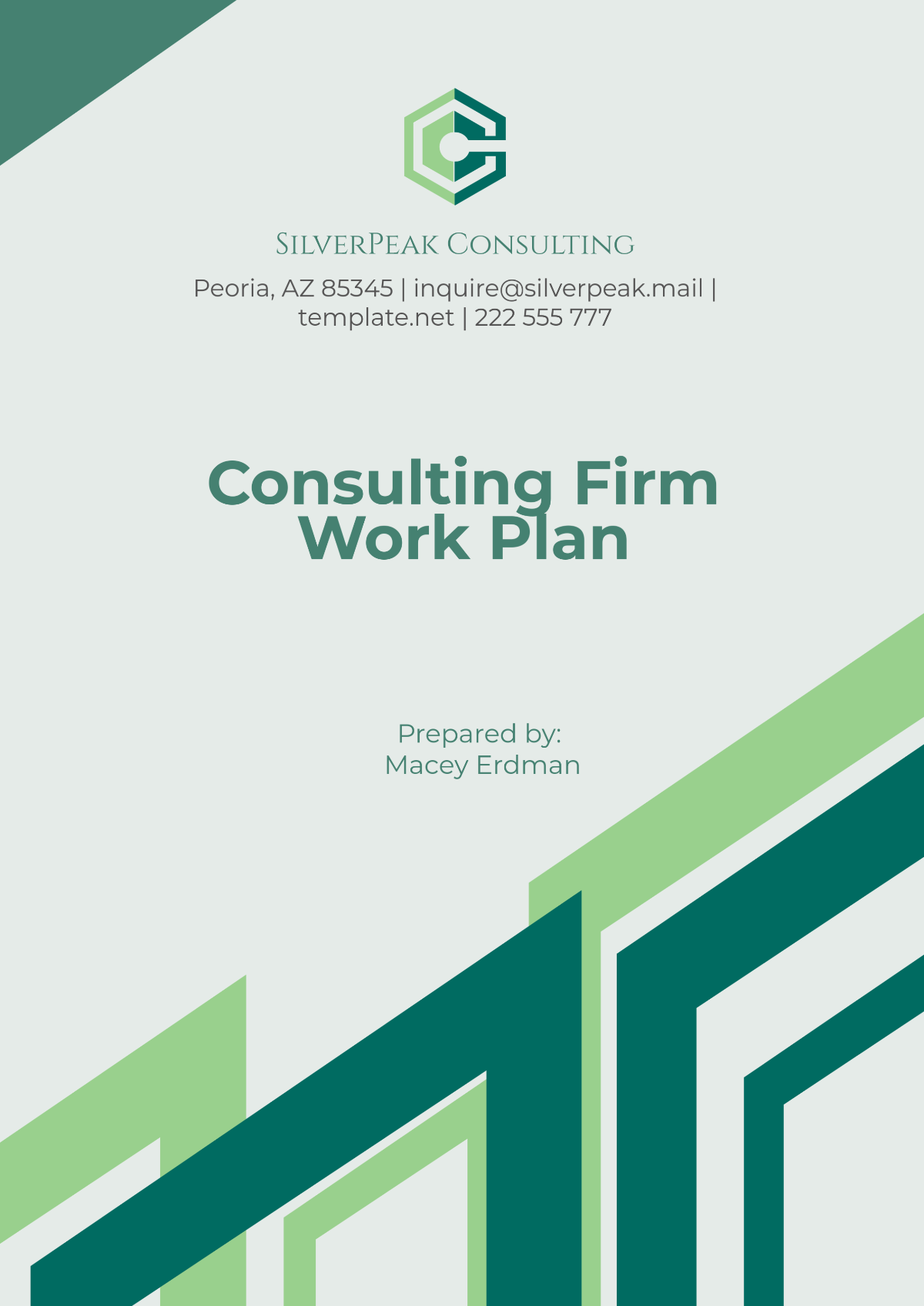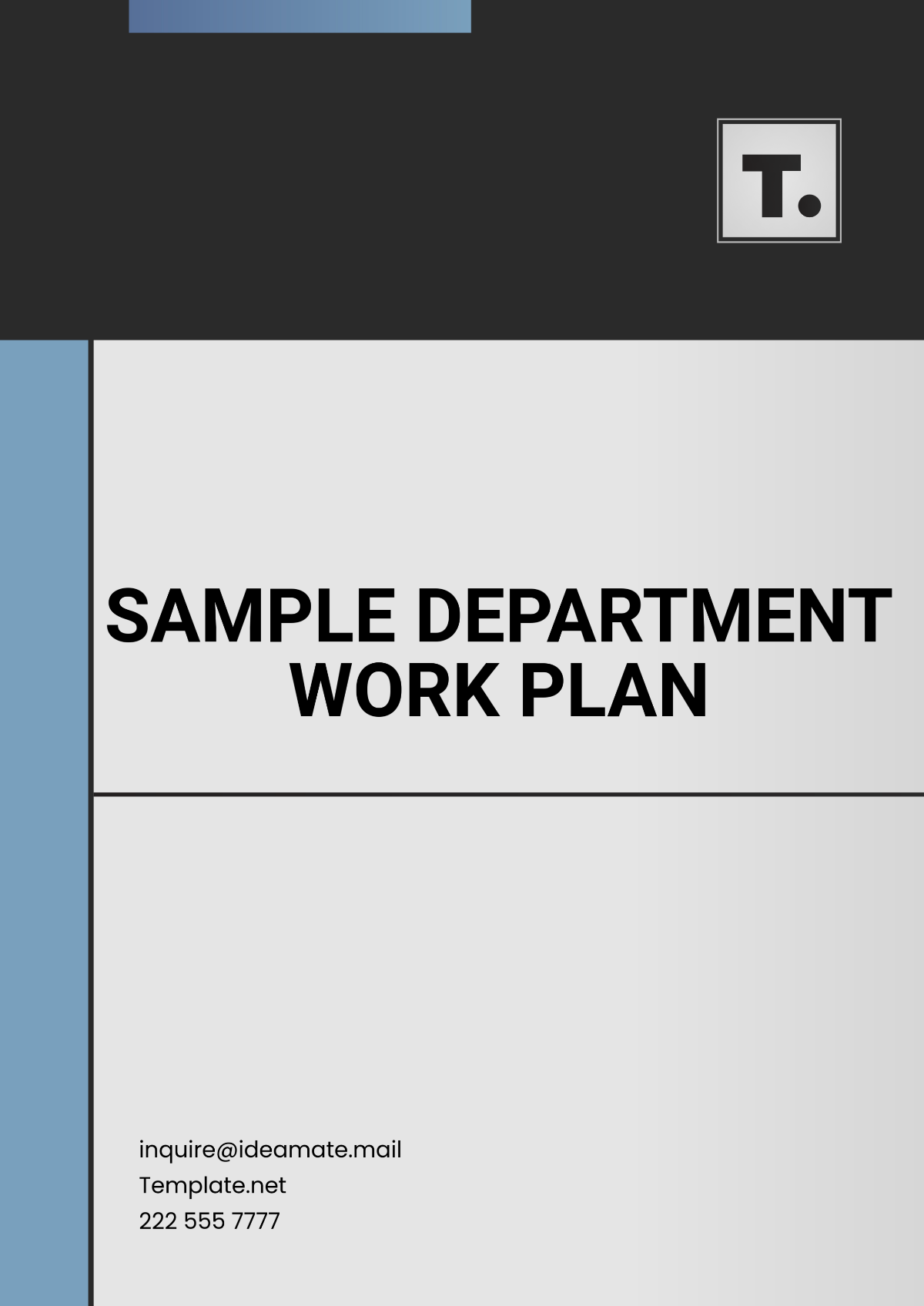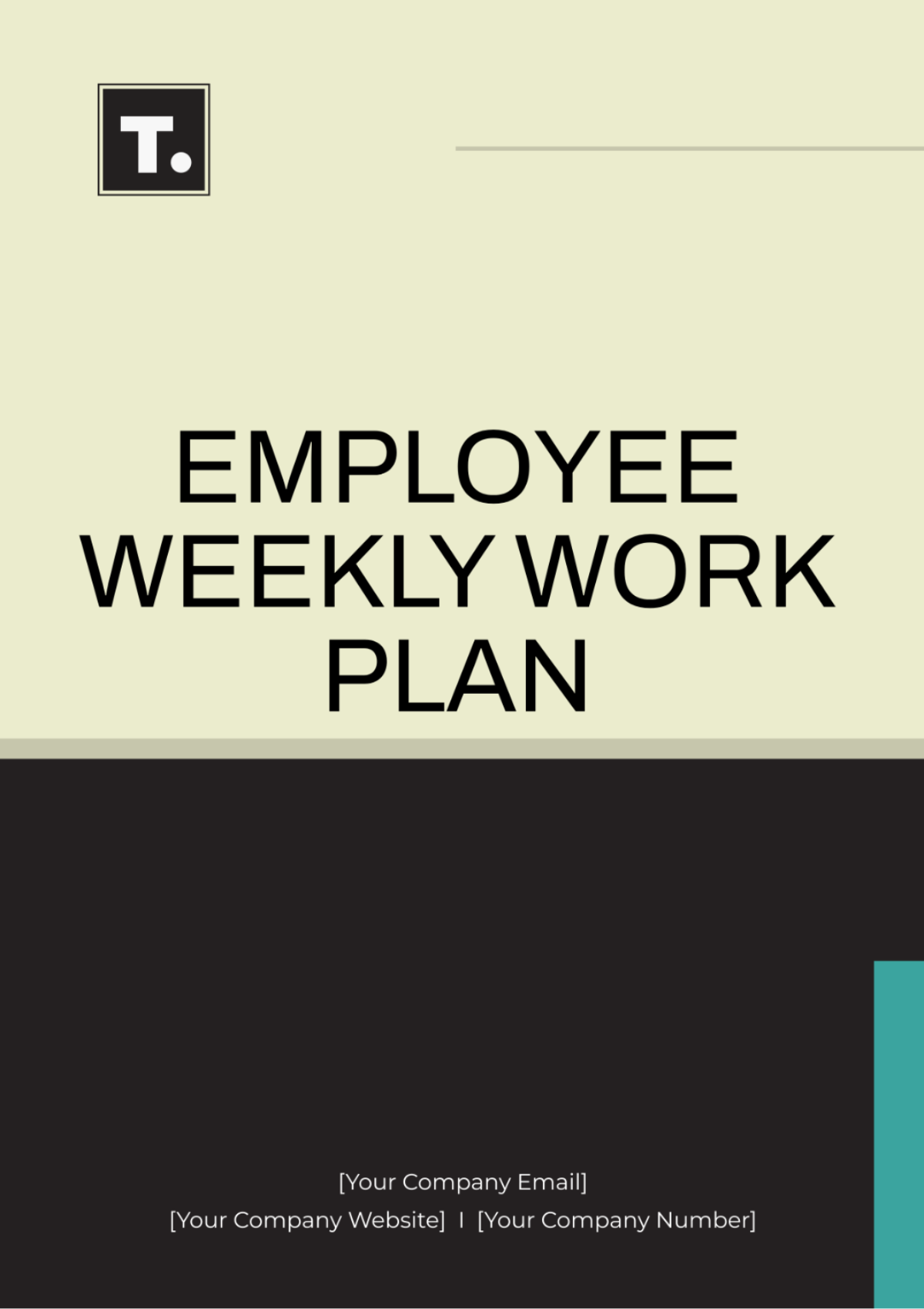Simple Work Plan
Name: | [Your Name] |
Company: | [Your Company Name] |
Department: | [Your Department] |
Date: | [Date] |
I. Introduction
In this section, provide a brief overview of the project or task at hand, including its objectives, scope, and any relevant background information. [Your Name] will lead the team in executing this project, ensuring timely delivery and adherence to quality standards.
II. Project Objectives
[Objective 1]: Begin by outlining the primary objectives of the project. This could include specific deliverables, milestones, or goals that need to be achieved.
[Objective 2]: Next, detail any secondary objectives that support the main goals. These might involve tasks or activities that contribute to the overall success of the project.
III. Scope of Work
A. In-Scope Activities
[Activity 1]: Describe the tasks or activities that are within the scope of this project. Be specific about what will be done and by whom.
[Activity 2]: List any additional tasks or responsibilities that fall under the project's scope but haven't been mentioned yet.
B. Out-of-Scope Activities
[Activity 1]: Identify any activities or tasks that are explicitly not included in this project's scope. This helps to manage expectations and prevent scope creep.
[Activity 2]: Clarify any gray areas where there might be confusion about what is and isn't included in the project scope.
IV. Timeline and Milestones
A. Timeline
Task | Start Date | End Date | Assigned To |
|---|---|---|---|
[Task 1] | [Start Date] | [End Date] | [Assignee] |
[Task 2] | [Start Date] | [End Date] | [Assignee] |
[Task 3] | [Start Date] | [End Date] | [Assignee] |
B. Milestones
[Milestone 1]: Specify key milestones and their associated dates. These serve as checkpoints to track progress and ensure alignment with project timelines.
[Milestone 2]: Highlight any critical milestones that have dependencies or significant implications for the project's success.
V. Resource Allocation
In this section, outline the resources required to complete the project successfully. This includes human resources, materials, equipment, and any other necessary assets.
[Resource 1]: Specify the type and quantity of resources needed, along with any specific requirements or constraints.
[Resource 2]: Identify who will be responsible for procuring or managing each resource throughout the project lifecycle.
VI. Risk Management
A. Identification
[Risk 1]: Identify potential risks or obstacles that could impact the project's progress or outcomes. These could be internal or external factors.
[Risk 2]: Assess the likelihood and potential impact of each risk to prioritize mitigation efforts effectively.
B. Mitigation Strategies
[Risk 1]: Develop strategies to mitigate or address the identified risks, minimizing their impact on the project.
[Risk 2]: Assign responsibilities for implementing and monitoring these mitigation strategies to ensure proactive risk management.
VII. Communication Plan
Outline the communication channels, frequency, and stakeholders involved in project updates and reporting.
[Channel 1]: Specify the primary communication channels for sharing project updates, such as email, meetings, or project management software.
[Channel 2]: Identify key stakeholders who need to be kept informed about the project's progress, including their roles and responsibilities.
